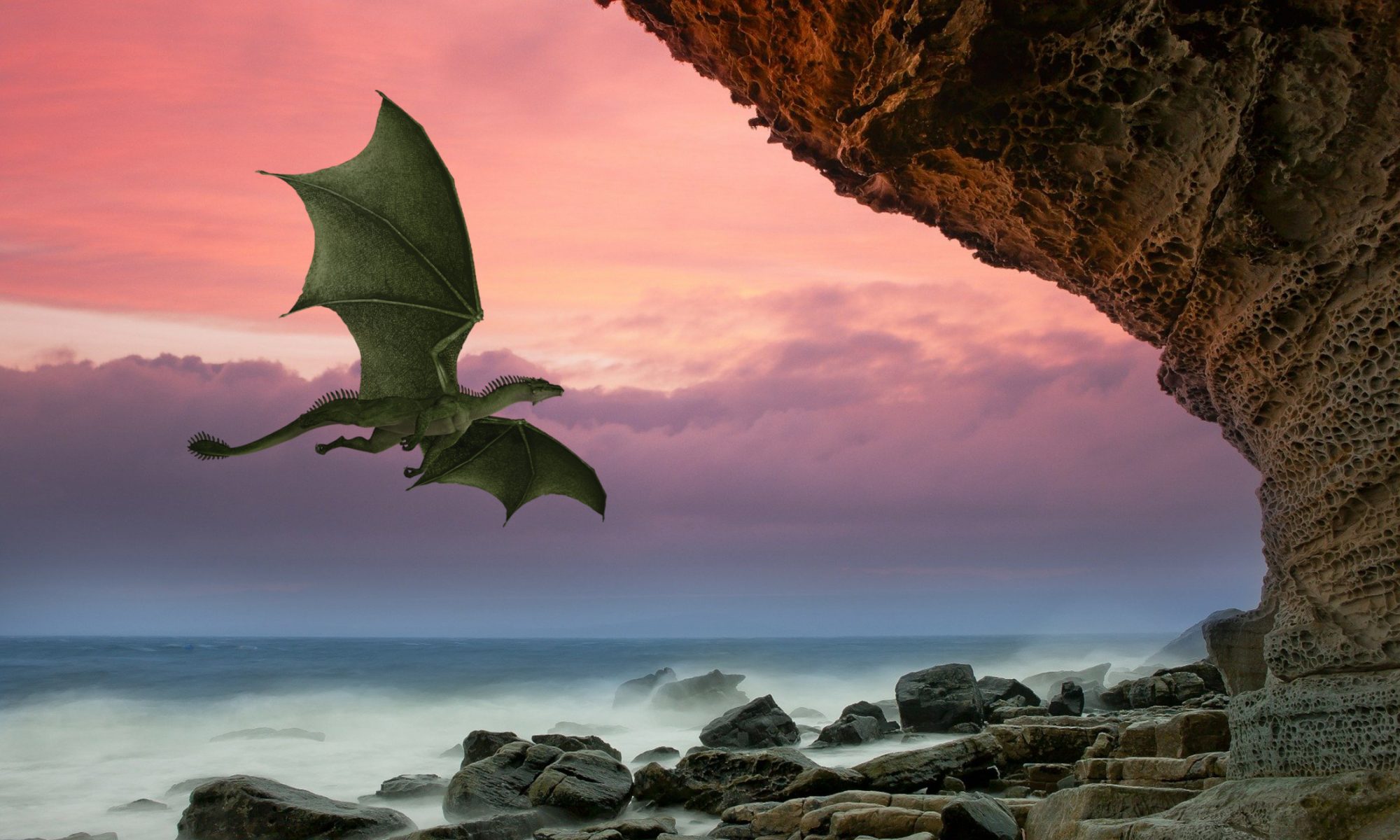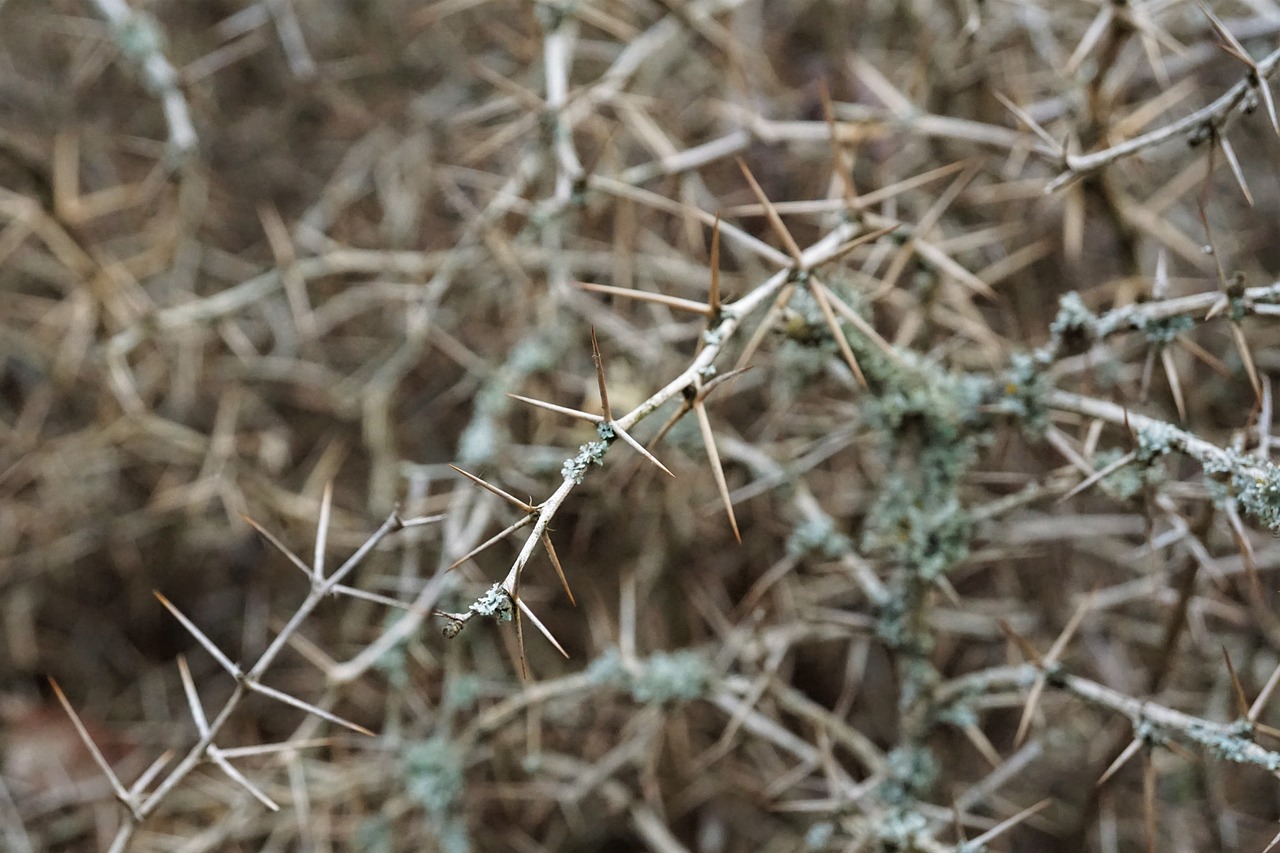“Don’t forget to take notes of everything you do… what time you started, step one, step two… on down to what time you stopped. Or what time everything exploded. Whichever comes first.” Professor Jenkins leaned over Kyle’s shoulder as he made his way down the row of students hunched over lab tables. He paused and squinted at the test tube in Kyle’s hand. “Have you tried diluting it?”
“Yes, sir. But the seedling simply squirted red-colored water all over the place. Kinda like when the garden flooded. I think the water was the issue,” Kyle said.
“Very well. At least we eliminated that possible explanation for the problem,” Professor Jenkins said. “Make sure you’ve eliminated any possible water contamination from this test.”
Kyle nodded, not looking up. He didn’t want to spill the wyvern’s blood he was using as an activating agent for the ground defense potion. With Professor Jenkins’ blessing, Kyle was creating a series of potions that could be used by mages to create a defensive perimeter around their homes. The idea was that the potions would remain neutral after being sprinkled on the ground until activated by the mage. The potion could be activated in any number of ways and that was part of the current problem.
The last iteration of this particular version of ground defense, when activated with water, caused a serious flood in the test garden. The version before that, activated with salt water, had exploded, leaving a large crater in the middle of the daisies. Professor Jenkins had been a bit put out by that one but had forgiven Kyle in the name of science.
In theory, Kyle emphasized “theory” in his head, a drop of the wyvern’s blood, should – again, emphasis on should, Kyle thought – create a six-foot high wall of thorn bushes around the storage shed that was standing in for a house. This time around, Kyle was first testing the theory on a small seed currently buried in a small pile of dirt sitting in a bucket on the lab table in front of him. He’d take it out to the garden later.
Kyle slowly dipped the eyedropper into the vial of wyvern’s blood and carefully pulled out a minute amount. He cautiously squeezed a single drop into the center of the dirt in the bucket. Almost immediately, a single stalk pushed up from the dirt, a lone green leaf waving from the tip of the stalk.
Sighing, Kyle pushed the bucket to the back of the lab table and pulled a second one forward. At least nothing had exploded or flooded. He filled the eyedropper again and let two drops fall into the dirt in the second bucket. Kyle held his breath, staring at the dirt.
His fist flew into the air a moment later. A green sprout, covered in thorns sprang from the bucket. As he watched, a second branch pushed out from the first, and thorns sprouted from it almost immediately.
“Professor Jenkins! I think it’s working!” Kyle called excitedly across the lab.
Professor Jenkins glanced up from his conversation with another student and hurried over to Kyle’s station. A third branch was emerging from the first, albeit more slowly, and thorns were beginning to show on it.
“Oh, very good, Kyle. Note how the rate of growth is slowing. I suggest you take a few seeds – you’re using berrythorn, right? – and go out to the garden and try again. Before you do, however, calculate the volume of wyvern’s blood you’re using per seed. The next issue I see is how much blood will be needed to activate a full hedge of berrythorn, and how much might be too much. Just do me a favor and use the far back corner of the garden, away from my new daisies.” Professor Jenkins clapped Kyle on the shoulder and strolled back to the student he’d been talking with when Kyle had interrupted.
Kyle nodded and quickly calculated the amount of blood per seed he would use, and how much more might be needed to get the berrythorns to grow into a six-foot high hedge. An organic home defense system would be hugely popular among mages. He needed to get this just right.
******
This week at More Odds Than Ends, Leigh Kimmel and I traded prompts. She challenged me with: At least we eliminated *that* possible explanation for the problem. Check out More Odds Than Ends for prompting fun and join in if you wish! I find it’s a great way to keep my imagination humming along.

